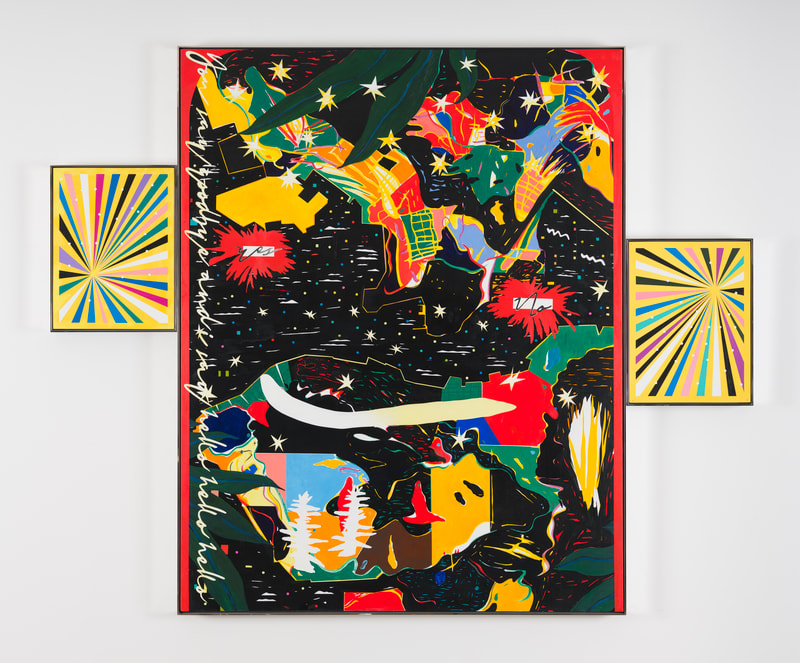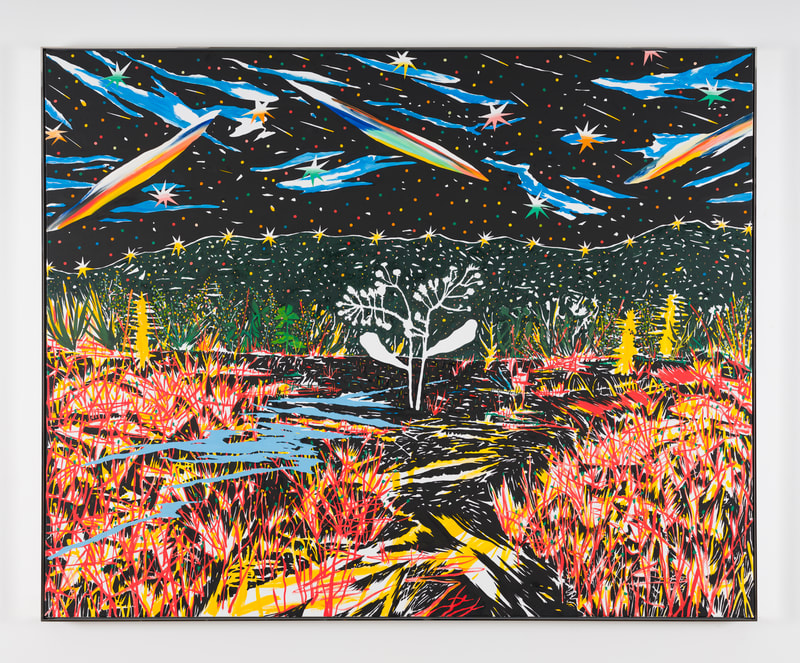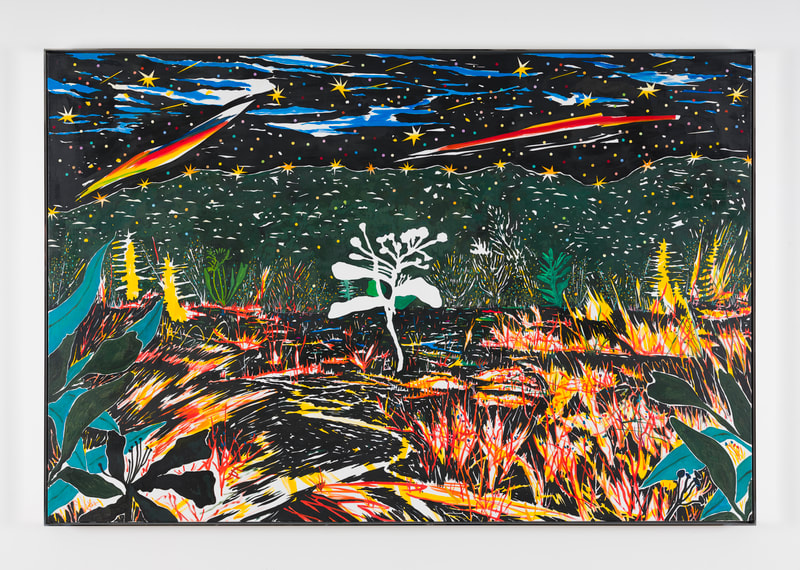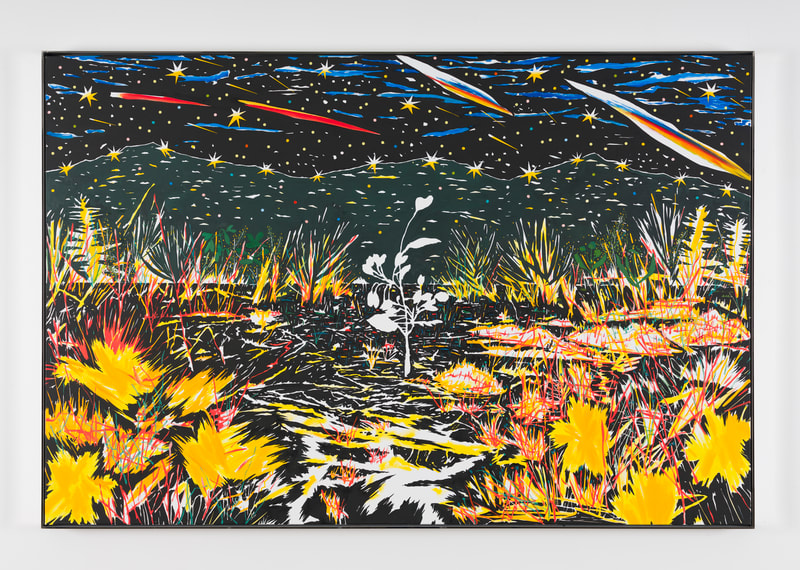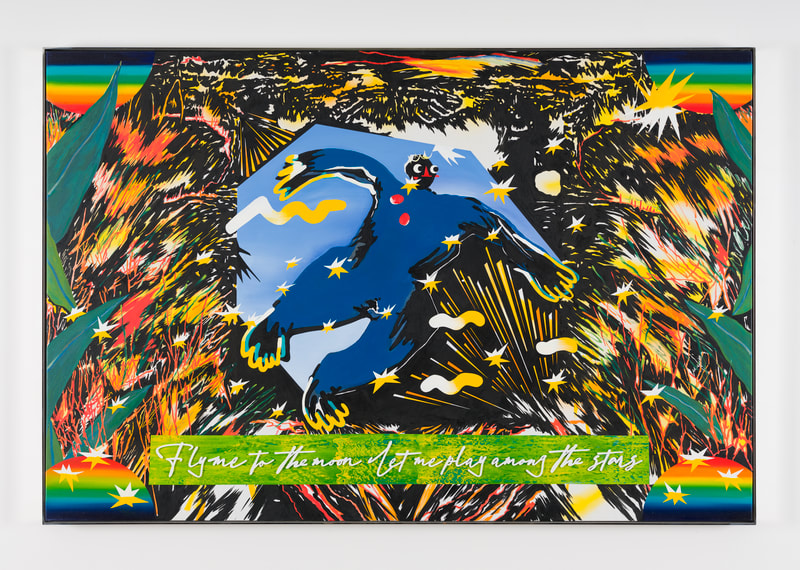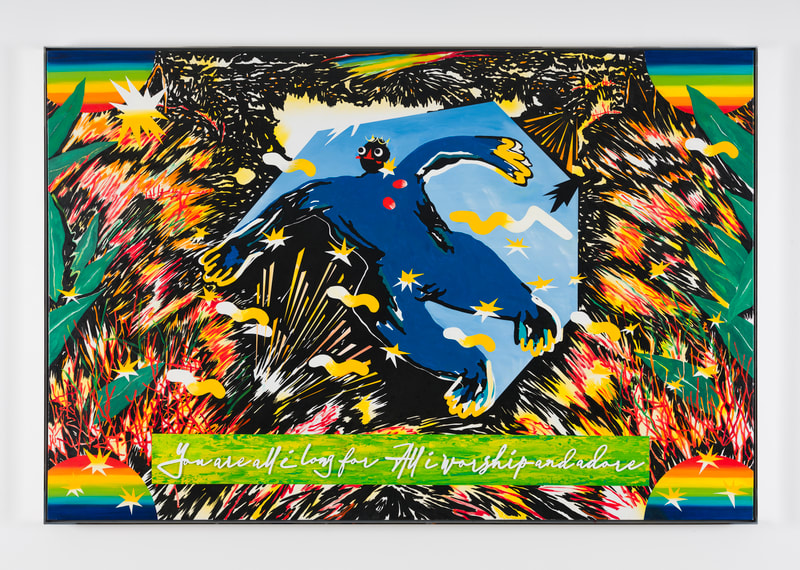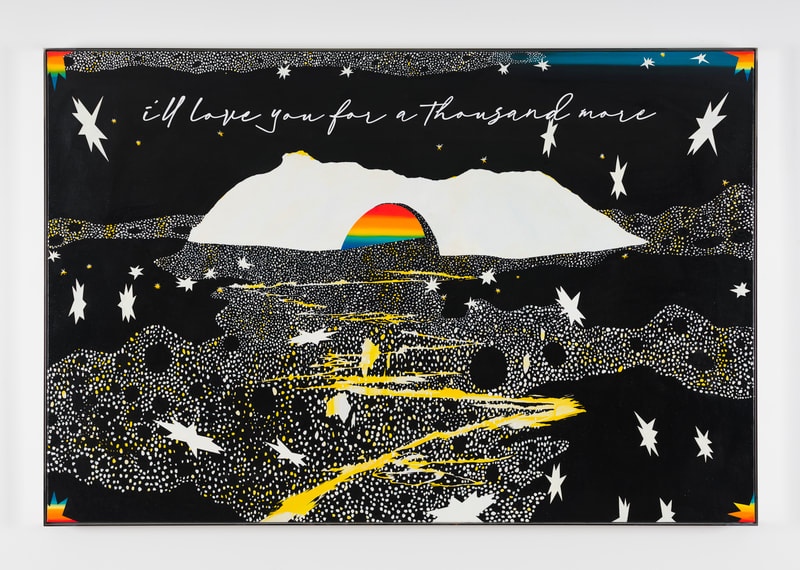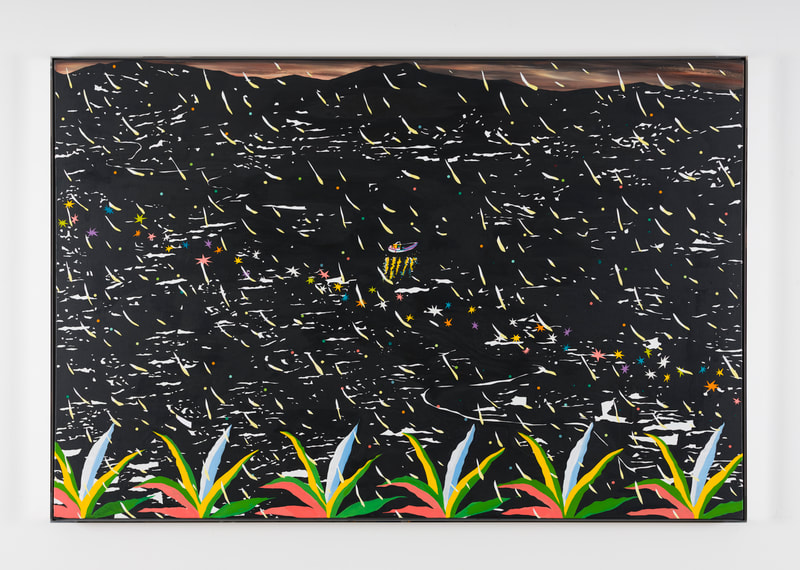Stanley SHUM: Aurora 沈軍翰 《不日黎明》
|
|
Stanley SHUM: Aurora
6 January – 3 February 2024 Gallery EXIT presents ‘Aurora’, Stanley Shum’s solo exhibition featuring 8 oil paintings created this year. The exhibition runs from 6 January to 3 February, 2024. The new works in this exhibition reflect the sincere hopes of the artist and the community where he belongs for the future amidst the current turbulent world situation, touching on major issues of the era, such as emotional relationship, rebuilding of civilisations and migration, contemplating on how to live a resilient life, in love and solidarity, projecting a message of light and hope in the darkness. ‘Aurora’ refers to the Roman goddess of dawn, the first light as night turns into day, announcing the arrival of dawn to the world, after which Galileo named the phantasmagoric northern lights. The past two years had a special significance for Shum: The end of the pandemic and the birth of his daughter symbolised a new life, in both senses of the word, and inspired these works about ‘hope’ and ‘imagination of the future’. In Shum’s recently developed methodology of visual presentation, figurative landscapes overlap with abstract lines and colour blocks, sharp lines dissect light into its original spectral components as through a prism, where large amounts of red, blue and yellow are employed. Like neon lights, the dazzling colours contrast starkly with the dark black, setting off the struggle between light and darkness. A singed seed leads the audience into a splendid and vast world of fantasy, sprouting from burnt ashes and growing into something more than an illusory flower. From the title, the diptych Aurora I and Aurora II originate from a conversation between Shum and his septuagenarian father who was born in mainland China, evoking sensibilities and associations about Hong Kong. One night in the 1970s, Shum’s young father fled to the sea, swimming all the way from Shenzhen to Hong Kong, finding his way by the city lights on the other shore. Soon after, the economic reform took place in China. The colourful ‘neon’ and ‘light’ have since become the eternal image for generations of longing for a new world. The figure in the painting embodies the artist’s imagination of his father in the sea and the image of his toddler daughter learning to walk, an emotional imagination that transcends time and space, a figural manifestation of the struggle against the constraints of reality, of surpassing oneself, and the pursuit of freedom. The lyrics of In Other Words (1954) by Kaye Ballard evoke the postwar scene of people dancing in joy and harmony, advocating the passion and power of life in the name of love. Borrowing the imagery of the resilient wildflower on the street corner, Shum created several works based on addition, subtraction and substitution. Wildflower I, Wildflower II and Wildflower III all feature an imaginary seedling at dawn during the transition of day and night, standing alone on the wasteland under the starry sky, the artist’s emotions embodied in this upward growing free figure. First on a white canvas the artist depicted the forms of the plants with red, orange, yellow, blue, green and other colours that symbolise ‘light’, before applying black, the symbol of ‘darkness’, upon the former. Traces of light and darkness intertwine, wrestle and overlap. As ‘darkness’ eliminates and obscures ‘light’, ‘light’ becomes even more dazzling through contrast with ‘darkness’. While Hong Kong is not portrayed in the paintings, the star-studded sky above the mountain ridges points to the unique view of Victoria Harbour and the hint that these paintings are made for the floating city beloved by the artist. Quoting from The Little Prince: ‘If you love a flower found on a star, it is sweet at night to look at the heavens. All the stars are blooming.’ The artist dedicates this exhibition to his newborn daughter and his beloved city. |
